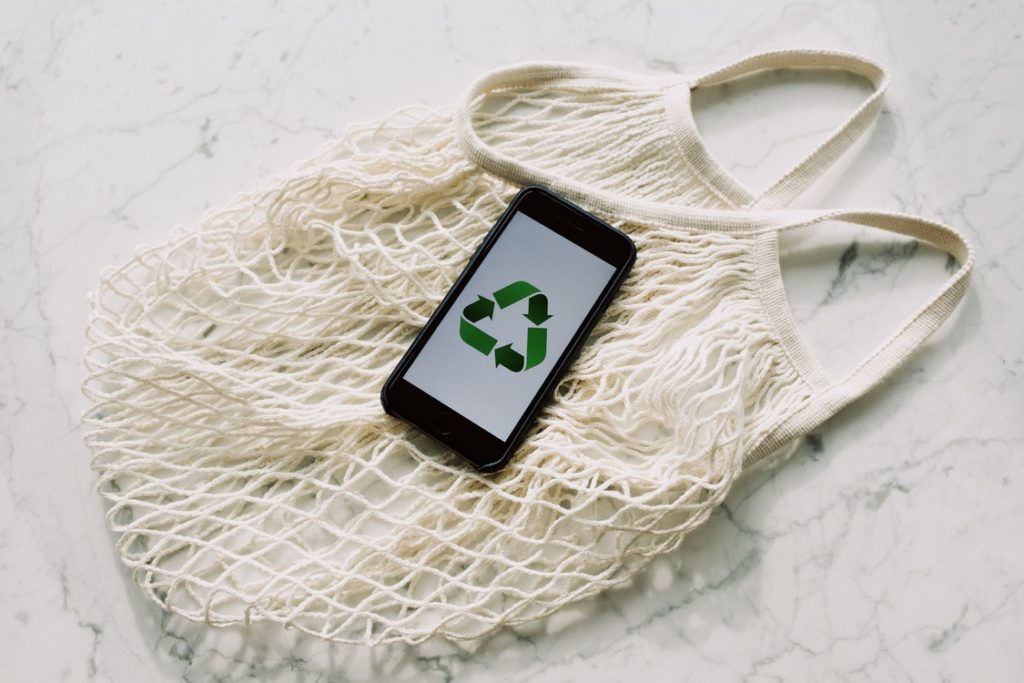
When it comes to T-shirt printing, there are many different methods to choose from. This article will go over the different techniques, including Heat transfer, Screen printing, Sublimation, and Vinyl cutting. Each method has its advantages and disadvantages, so we’ll discuss each one in detail. But before we get started, let’s talk about how each method works. You may be surprised to learn that one of them is the most widely used, so you might want to try it first!
Screen Printing
If you’re looking for an easy and inexpensive way to print T-shirts, screen printing might be the right option for you. This method involves applying four colors: cyan, magenta, yellow, and black. Because it only requires one prep step and is highly reproducible, this method is best for large orders and simple color schemes. However, screen printing is not an ideal choice for complex, multi-color designs or if you’re planning on doing mass production. If you want to know where to go get your t shirts printed in Brisbane, check out this company.
One of the best things about screen printing is that it provides a high-quality print. You can order any size quantity and get a high-quality print. Screen-printed shirts are durable and last for a long time. But if you’re planning on ordering t-shirts in large volumes, screen printing may not be the right choice for you. The downside of screen printing is that it can be costly, particularly when you need to order a large number of items of the same design.
This method is also cost-effective for smaller jobs with few colors. However, you should be aware of the learning curve involved in screen printing. While this method is easy to learn, it can be expensive to learn how to screen-print a multi-colored design. Moreover, screen-printed T-shirts are less expensive than other methods. In addition, you should also consider the cost of the equipment required to screen-print a t-shirt.
Heat-press printing is another popular method. Although it’s not as durable as screen printing, it’s a cheaper option for small-scale printing. Heat press printing is an ideal choice if you’re looking to print a small number of t-shirts. You need a heat press, and this can be quite expensive. If you need a large number of t-shirts, however, it’s best to go for another printing method.
Another method to consider for large-scale designs is heat-transfer printing. Heat-transfer printing is used for small orders and one-off t-shirts. It involves using special heat-transfer paper to transfer an image to the t-shirt. The process is quick and easy and results in a high-quality, full-image design. Heat-transfer printing is also an option for complex, high-resolution designs.
Sublimation

If you’re looking for a t-shirt printing method that’s both fast and durable, sublimation is definitely worth a look. The process involves applying special liquid dye to a transfer paper. Once the dye dries completely, it’s transferred directly to the fabric. Sublimation prints produce crystal-clear colors, and there’s no feel to the shirt. It is ideal for entire shirts and is also good for multicolored designs.
Sublimation is a good choice if you’re looking to print a large, complex design. This type of printing works best on polyester fabrics, which means that cotton shirts won’t look good with it. However, it is important to note that the quality of dye sublimation printing is highly dependent on the type of fabric used to create the shirts. If you have a tight deadline or need thousands of shirts printed, dye sublimation might be a better option.
In sublimation printing, the ink transforms from a solid to a gas and embeds itself into the polyester fabric. After the transfer process, the image is permanent on the fabric. There is no layer that shows through, and the print feels the same as the rest of the fabric. Sublimation is also extremely durable, lasting as long as the product itself. You’ll be proud to show off your custom t-shirt.
Another method of T-shirt printing is screen printing, which produces high-quality results but requires a high-quality printer and expensive equipment. It’s also the most economical option since hundreds of shirts can be printed in a short period of time. Screen printing is good for bulk orders, but not for intricate designs. In addition, screen printing requires less skill, so you can save a lot of money.
Sublimation is a durable method of T-shirt printing. The dye is absorbed into the fabric. This type of printing is popular for all-over designs and is the best option for light-colored t-shirts. However, this method isn’t compatible with cotton t-shirts. It’s a great choice for t-shirt printing, but it’s not the best for those that don’t want a heavy feeling.
Heat Transfer
Among the many printing methods, heat transfer is perhaps the easiest to master. This technique uses heat to press vinyl onto a shirt and then seals the image into the fabric. If you want to do your own printing, you can use an inkjet printer to print your design on a transfer. It doesn’t require any special supplies or expensive printers. The downside of heat transfer printing is that it requires some set-up time and can be expensive.
The first step in heat transfer is to prepare special heat transfer paper. Inkjet printers and lasers work great for this. Once the paper is ready, the artist will apply the design to the shirt. The heat and pressure from the printer bond the design to the t-shirt. This type of printing is durable and lasts longer than heat transfer. If you are planning to print your design on more than one shirt, you can try silk screening.
Another great T-shirt printing method is screen printing. Although screen printing is more popular than heat transfer, it is not a foolproof method. While both methods are easy to learn, screen printing is the best option for beginners. While heat transfer printing requires a heat press, stenciling can be messy. However, it’s a great option for small-scale t-shirt jobs. As it doesn’t require much equipment and doesn’t require any special experience.
If you want something unique, consider printing your own shirts. This may be a complex process for a single shirt, but if you plan to sell them, you can make a business out of it. If you want to be your own boss, consider printing your own shirts. It can be a fun and rewarding venture but don’t get overwhelmed. To learn more about t-shirt printing, check out these three main methods. Once you’ve mastered them, you’ll be well on your way to creating unique garments for your friends.
Screen printing is another excellent method for t-shirt printing. The technique is very versatile and produces vibrant, high-quality prints. Screen printing inks are absorbed into the fabric and give the T-shirt an extremely durable finish. Screen printing is also one of the oldest t-shirt printing methods and has been used for thousands of years. You might have seen the Marilyn Monroe portrait, which was screen-printed on a t-shirt using this method.
Vinyl Cutting
There are two primary types of shirt printing methods, heat press, and vinyl cutting. Both are effective and can produce quality designs. A heat press is the most popular method and is most useful for small orders and designs that are easy to transfer to a T-shirt. However, the disadvantage of heat press is that the shirts are not as adaptable as other methods. If you need to make a large number of shirts, the best method is vinyl cutting.
The process of applying vinyl graphics to t-shirts is nearly the same as that of making vinyl graphics. However, CAD heat transfer film is cut upside-down, so that the bottom portion of the face is exposed. This reduces errors and provides a higher quality print. Vinyl cutting is also a great choice for small-scale home artists. It can be used to create unique designs and can be available in different textures such as glitter, velvety, metallic, and flocked vinyl.
Heat transfer printing is another method of T-shirt printing that is widely used. This method involves printing a design on vinyl and sealing it onto the shirt. Heat transfer printing requires no special equipment or supplies, but it does take a little time to set up. This method is popular for adding complex designs and lettering to shirts. If you want to have your own designs, heat transfer printing is an ideal option for you.
The first thing you should consider is the type of vinyl cutting machine that you want to buy. You should purchase a cutter with an adequate speed since it can cut many different materials. This means that your cutter should be able to handle at least 25 inches. In addition to t-shirt printing, vinyl cutting is a great option for custom apparel projects. There are many benefits to vinyl cutting and it is a low-cost option for small-scale home businesses and even for large-scale printing projects.
Heat transfer printing uses a special liquid dye to create the design on the shirt. It works by pressing heat onto the transfer paper until the paint dries. The transfer paper is removed after the printing process is complete. It is one of the most inexpensive and simple t-shirt printing methods. The process is quick and easy but requires a thin fabric for a thin print. Once applied, heat press printing is durable and resists fading.
